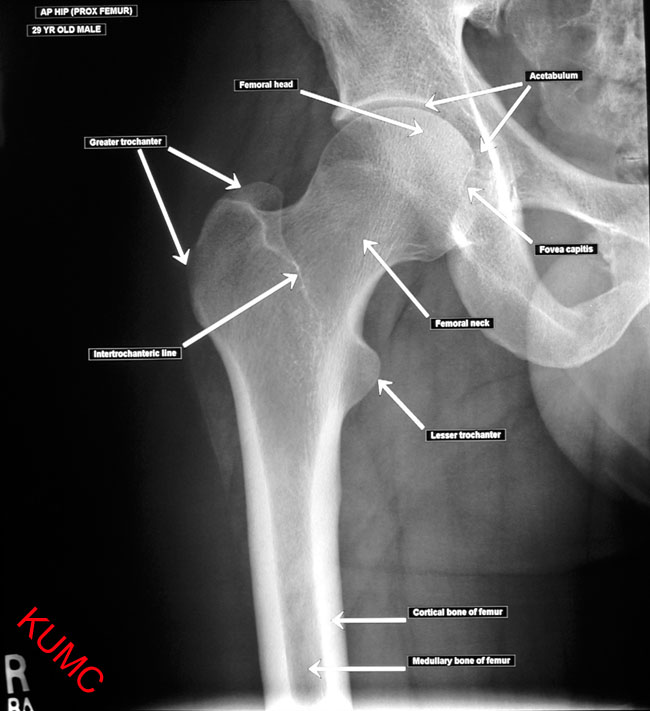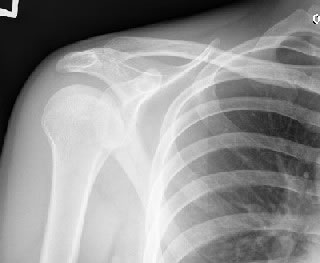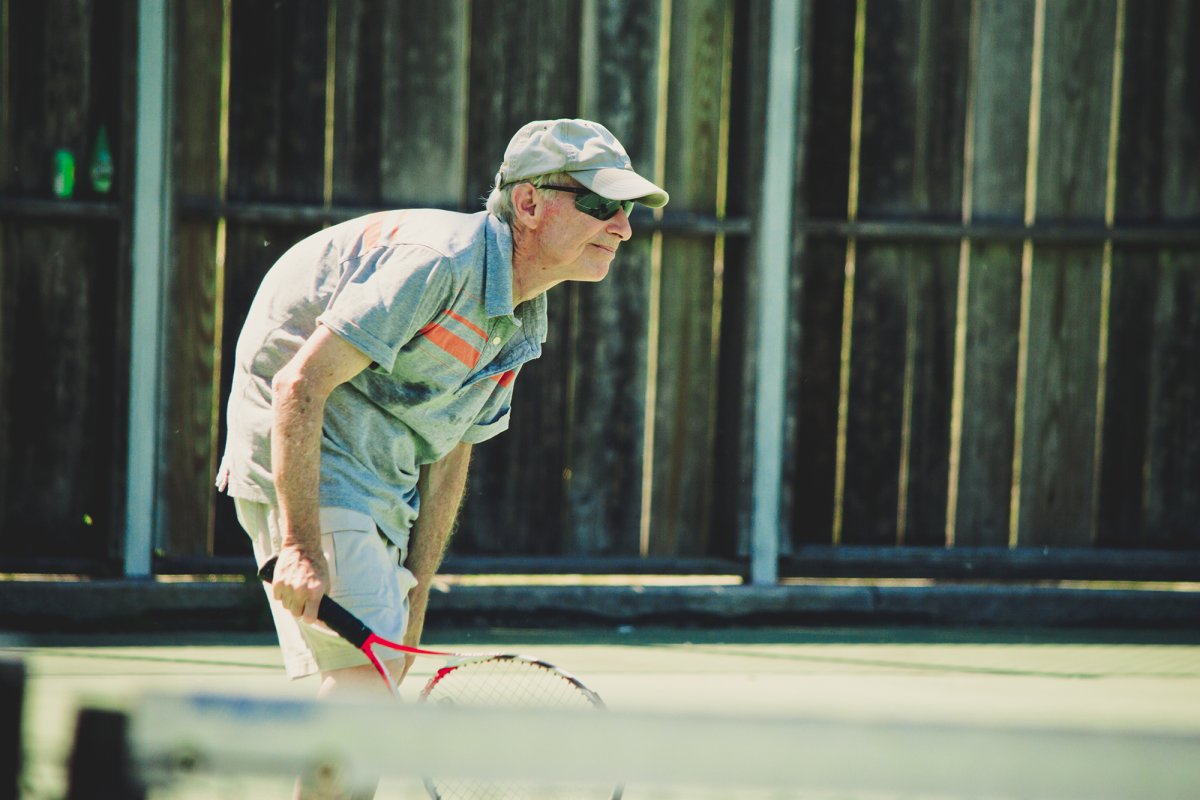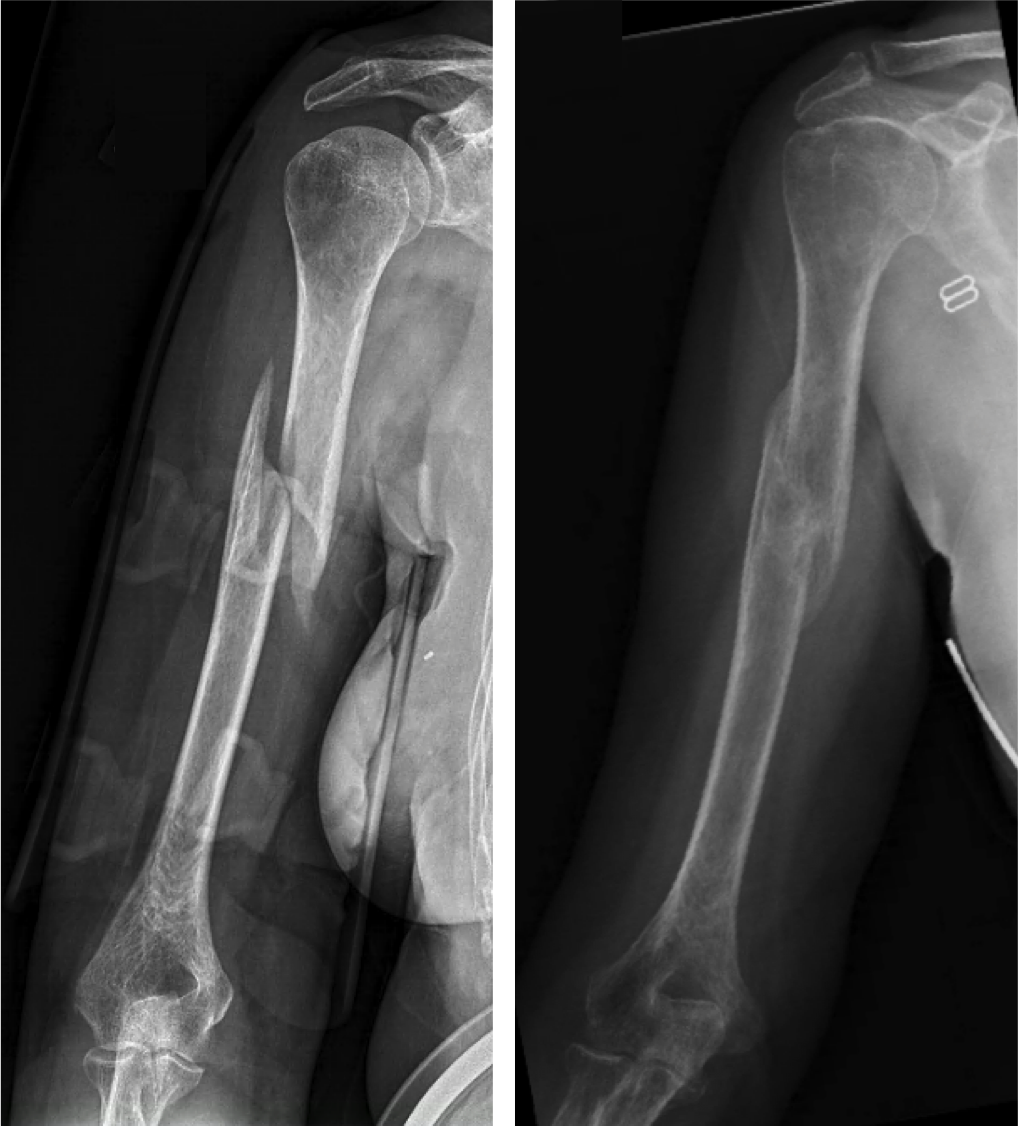ME5200 - Orthopaedic Biomechanics:
Lecture 1
Course Preliminaries
Syllabus
WMU College of Engineering and Applied Science
3 Credits
Fall 2020
In Collaboration with the Western Michigan University Homer Stryker MD School of Medicine
Last update: Wed Nov 18 10:15:21 AM 2020
Teaching team
Instructor and Course Coordinator: Assoc. Prof. Peter Gustafson
| Item | Address |
|---|---|
| Office | G-215 Floyd Hall |
| Phone | 276-3423 |
| peter.gustafson@wmich.edu | |
| Web Page | http://homepages.wmich.edu/~pjm8969 |
Guest Lecturers:
[Unlabelled Image Missing](img/uncl/Jastifer.j pg){width=“150px”} **Ja mes Jastifer, MD** Attending Orthopaedic Surgeon, Borgess Hospital. Adjunct Associate Prof, MAE [Unlabelled Image Missing](img/uncl/Geeslin.jp g){width=“150px”} **An drew Geeslin, MD** Attending Orthopaedic Surgeon, Borgess Hospital. Adjunct Assistant Prof, MAE [Unlabelled Image Missing](img/uncl/Akkouch.jp g){width=“150px”} **Ad il Akkouch, PhD ** Assistant Professor, Homer Stryker MD School of Medicine
Schedule
| Item | Day | Time |
|---|---|---|
| Online lecture | MW | 4–5:20, Online |
| Office hours | TR | 10–11AM Online, or by appointment |
Virtual office hours will be held on Google Meet
The calendar is also available full screeen in any browser.
You may also subscribe to the public ical address and your own e-learning ical address to intergrate these calendars into your own.
- Exams
- Midterm exam – 10/28 (Tentative)
- Final exam – 12/9 (Tentative)
- Final Presentation – 12/16
Catalog Description
Current methods for analysis of biomechanical systems that include bone, tendon, ligament, cartilage, and other soft tissue. Mechanics that govern biomechanical systems including beam theory, anisotropic materials, viscoelasticity, and contact. Also prosthetics, orthotics, and other medical devices.
Prerequisites
- ME 3650 or AE 4630, with a grade of “B” or better in all prerequisites; or instructor approval.
- Notes: Open to upper level and graduate students.
Textbook/Suggested Resources
- Orthopaedic Biomechanics, Bartel, Davy, and Keaveny. Pearson Prentice Hall Publishing.
Reference materials:
- Biomechanics of the Musculo-skeletal System Benno M. Nigg and Walter Herzon, editors. Wiley Press, 2007 [@Nigg2007]
- Anatomy of the Human Body, Henry Gray Twentieth Edition Thoroughly Revised And Re-Edited By Warren H. Lewis Illustrated With 1247 Engravings Philadelphia: Lea & Febiger, 1918 New York: Bartleby.Com, 2000 or http://www.bartleby.com/107/ [@Gray1918]
- Finite Element Modeling in Musculoskeletal Biomechanics, Thomas D. Brown, Journal of Applied Biomechanics, 2004, 20, 336-366 [@Brown2004]
- Anatomy and Physiology, Many Authors, Rice University [@OpenStaxAnatomy2020]
Course topics
- Overview of the musculoskeletal system
- Review of musculoskeletal anatomy
- Kinematics and loads
- Tissue mechanics
- Bone
- Tendons and ligaments
- Muscle
- Articular cartilage
- Intervertebral Disc
- Bio-compatible materials
- Contact stress
- Symmetric and unsymmetric beams
- Bending
- Tension and compression
- Torsion
- Orthopaedic and biomechanical literature; statistics and levels of evidence
- Design of experiments
- Special topics in orthopaedic biomechanics
Course Objective
- To introduce students to the human musculoskeletal system as a system that can be studied in engineering terms.
- To provide a foundation in orthopaedic biomechanics sufficient to enter the field and conduct graduate or professional level design and research.
Learning Outcomes
At the conclusion of the course, the student should be able to:
- examine a biomechanical system, digest the relevant literature, determine and apply appropriate analysis techniques for that system
- communicate effectively with professionals in biomechanics, medicine, and related fields
Method of instruction:
The course material will be taught in an online lecture format.
The course objectives will be practiced through a combination of homework assignments and a semester project.
Students are required to attend (virtually) all lecture and activity sessions unless there is an urgent need to miss them.
Our collective health and safety is of paramount importance. Follow CDC, Michigan, and WMU guidance on Covid-19. Stay home, stay safe.
Grading Standard
| Percentage | Grade |
|---|---|
| >= 90 | A |
| >= 85 | BA |
| >= 80 | B |
| >= 75 | CB |
| >= 70 | C |
| >= 65 | DC |
| >= 60 | D |
| <60 | E |
| Task | Percent |
|---|---|
| Homework and Quizzes | 15% |
| Cumulative Project | 35% |
| Cumulative Exams | 50% |
The grading scheme is visible in elearning in the gradebook section. It has detailed breakdowns of the grade weighting and is the definitive source of grading information.
Major graded items
- Students will complete an analysis of a biomechanical structure of
the students’ choosing.
- The student will be required to perform a literature survey, analyze the relevant structure, summarize the research and analysis in a paper, and present the work to the class.
- It is recommended that the analysis include a finite element analysis, a musculskeletal dynamics simulation, and/or biomechanical testing, however, the student can choose to do any significant analysis that is appropriate to their topic.
Assignments and communication
- WMU’s e-learning system will be used as the primary method of distributing and collecting assignments and assigning grades
- The calendar on e-learning is authoritative. It will be updated as required throughout the semester
- Assignments are due by submission to e-learning by the date specified there. This typically corresponds with the start of the lecture on the due date.
- All assignments will be collected, however, some homework may not be graded.
- Quizzes may be announced or un-announced.
- For the purpose of computing the homework portion of the grade, one homework assignment or quiz will be dropped.
- Re-grades: Re-grade requests must be submitted in writing within 1 week of the return of any item. The instructor reserves the right to re-grade the entire item.
Expectations on student conduct for assignments and assessments
- General WMU academic integrity standards apply for all submitted materials
- Students must complete exams and quizzes individually following all general standards and any additional specific rules defined for the event
- All homework assignments must be completed individually (or in
groups if a group assignment)
- General discussion of of homework approach is acceptable, however, formulation and documentation of your own solution must be done independently
- Submitted work must accurately represent solely the work of the submitting student
- Cite those with whom you have discussed your approach
- Do not seek no subsequently submit as your own any existing
solutions in any form. These include, but are not
limited to, existing solutions or examples from:
- previous semesters
- existing solution manuals
- external (non-WMU instructor) tutors
- web sites or other web resources
- The limitations on use of external homework/quiz/exam solutions will be interpreted in a broad sense.
- If you are suspected of using a prohibited resource, an academic misconduct case will be referred to the Office of Student Conduct.
- If you have any questions on this policy, ask the instructor prior to using any external resource
Academic integrity
You are responsible for making yourself aware of and understanding the policies and procedures in the Undergraduate and Graduate Catalogs that pertain to Academic Honesty. These policies include cheating, fabrication, falsification and forgery, multiple submission, plagiarism, complicity and computer misuse. The policies can be found at http://catalog.wmich.edu under Academic Policies, Student Rights and Responsibilities.
If there is reason to believe you have been involved in academic dishonesty, you will be referred to the Office of Student Conduct. You will be given the opportunity to review the charge(s). If you believe you are not responsible, you will have the opportunity for a hearing. You should consult with your instructor if you are uncertain about an issue of academic honesty prior to the submission of an assignment or test.
Attendance, illness, and absences
- Attendance is important, however, the health and well-being of our community is more important.
- Do not attend a face-to-face class if you are ill or suspect
illness.
- Contact the instructor to inform him of your circumstances and to coordinate assistance.
- Recognizing its importance, attendance and homework participation may be encouraged through the use of announced or un-announced quizzes.
- For un-announced quizzes in online lectures, the students will be
informed during the lecture and will be directed to the e-learning
system to complete the quiz in the allocated time
- There will be no make-up quizzes under any circumstances.
- The grading policy (one dropped homework/quiz) is designed to account for unexpected circumstances.
- Classroom Etiquette: – Laptop and cell phone use during lecture causes distraction in your fellow students and in the instructor. Please disable these and all similar devices.
- Online Learning Etiquette – Use appropriate discretion when participating in all online learning activities. Limit multitasking, enable your video if technological limitations do not prevent it. It is generally appropriate to disable your microphone when not actively speaking.
Introduction
Course Introduction
Welcome to ME200: Orthopaedic Biomechanics
Introductions
- Please provide a brief introduction of yourself
- Name
- Degree in progress
- Ultimate degree goal
- Research topic and advisor (if grad student)
- Professional goals
- Optionally, an item or two of personal interest
- Note an online class makes it hard to develop relationships
- Professional networking is critical to job skill and opportunity growth
Objectives
The primary objective of this course is to present current methods for analysis of biomechanical systems that include bone, tendon, ligament, cartilage, and other soft tissue.
The relevant mechanics that govern biomechanical systems will be presented including elasticity, beam theory, anisotropic materials, viscoelasticity, and contact.
Additionally, prosthetics, orthotics, and other medical devices will be discussed.
Project
The assignment is posted on e-learning
Almost-weekly anatomy quiz (Method TBD)
- Anatomy is an important part of orthopaedics
- We must be able to converse with medical personnel
- Thus, we will have an almost-weekly anatomy quiz
- The mechanism for doing this is still TBD (due to online-learning and Covid)
You will be assigned to watch a series of videos from AnatomyZone.com
http://anatomyzone.com/tutorials/basics/general-skeleton/
You will be assigned to watch those videos outside of the lecture period. Check elearning for more details.
Conceptual Overview of Orthopaedic Biomechanics
(Reading assignment: [@Bartel2006] Chapter 1.
The human body as a machine
- The human body is a machine!
- A combination of rigid and resistant bodies
- Bones and the soft tissue associated with them
- Links are joints which have low friction and transfer large forces
- Large, precise and imprecise motion
- Performs useful work
- A combination of rigid and resistant bodies
Contrasting humans with most machines
- Most joints have imprecisely defined motion
- There is flexibility in the soft tissues (ligaments, muscles)
- This flexibility leads to coupling between loads and motion:
- i.e. the motion can effect the loads in ways that do not typically occur in “conventional” machines
- Changes in force will produce changes in joint motion,
- Changes in relative position between bones (at joint) will change the forces in the joints
- “sloppy joint”
Joints, range of motion and, precision
- Hip joint
- is more rigidly defined by its bony ball and socket
- widely varying soft tissue restraint… but less reliance

- Shoulder joint
- is very imprecisely defined with its ball and socket
- widely varying soft tissue restraint…
- requires more soft-tissue control and precision placement

“Osteoporosis is the leading cause of age-related kyphosis, with sarcopenia, or age-related muscle loss, being a secondary cause,” Patel explains.2
- Skeletal loads vary from person to person and over time in a particular person
- Aging and disease change skeletal response
- We are not often concerned about precise loads, stresses, etc,
- rather we compute approximate loads within a level of uncertainty
- We seek to describe the fundamental behavior of the system
- Use engineering methods to understand the effect of damage and disease
- Predict, understand, and influence the methods and techniques used to restore function
- The skeleton has an amazing ability to repair damage and adapt to physical demands
Non-surgical treatment with a brace. Many humerus fractures can be treated without surgery. The humerus shaft fracture above was successfully treated in a “Sarmiento brace”, which wraps around the upper arm and holds the bone aligned while it heals.4

